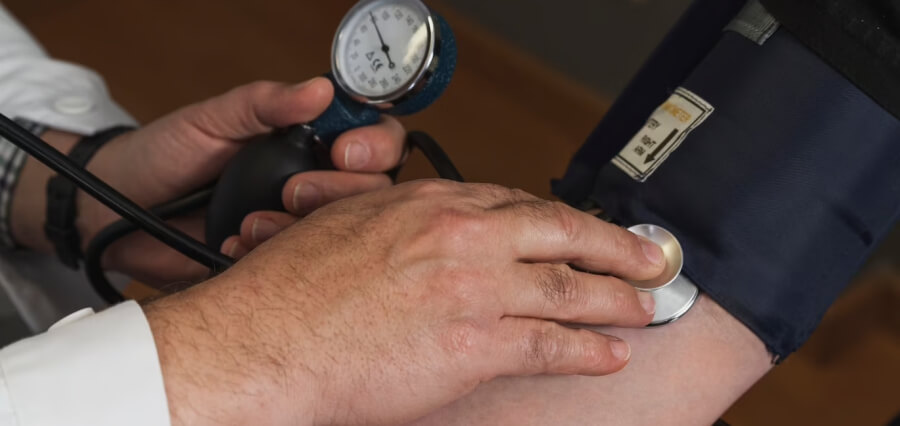(Three to five systems in the surgical room would be replaced with major robotic systems globally.)
As the world is debating whether surgery rooms should be the next target of the 21st century’s technological advancements – large medical device companies, globally, have already managed to acquire around twenty robotic surgery systems, foreseeing its future potential.
With the market newly heated over the robotic field, “three to five surgical systems will be replaced with major robotic systems,” says Alex Mottrie, MD, a pioneer in the field of robotic surgery.
In such an instance, a question comes up, “Are they going to replace the need for surgical doctors in the coming years?” and if so, “Are they worth replacing?”
Robotic Aided Surgery – A Description
Humans’ reliance on robots within a surgical room have grown in recent years. After multiple trials, they are assured of the robots’ pre-met standards in treating cancer, gynaecological and urological prostate surgeries.
In the surgical room, during a robot-aided surgery, a 3D view is provided through the insertion of a special camera within the patient’s body. In addition, parts of the body that are difficult to reach can be accessed through a 360-degree rotating robotic arm.
These instruments could be controlled with ease via very small cuts and under a surgeons’ supervision. As a result, patients experience low blood loss and a faster recovery, unlike the traditional methods.
The Impact of Robotic Presence During Surgery
Since every step of a surgical process is recorded, estimated, and handled in a computerized fashion, robot-aided surgery is proven to be much more precise, with enhanced accessibility and positive treatment outcomes.
“Robotic surgery has made it much safer, especially when delivering the complicated ones,” adds Dr. Manish Ahuja, a consultant in robotic surgery.
Should Robots Replace Human Surgeons for The Better?
A consideration of surgeons’ views on this matter is essential. However, surgeons seem to be positive about the future outlook of a robotic-based treatment.
“Through the vision system in a robotic-assisted surgery, if something moves during the surgery, you can detect and follow it. This makes the surgery special,” states Justin Opfermann, a Ph.D student at John Hopkins.
There is no denying that it holds a promising element when it comes to accuracy and safety. But there must still be someone in the driver’s seat, operating a robot-assisted surgery. It is always best to keep humans in control of a situation, even if it simply means to be in a supervisory or standing by mode.
For more health information, click here.















